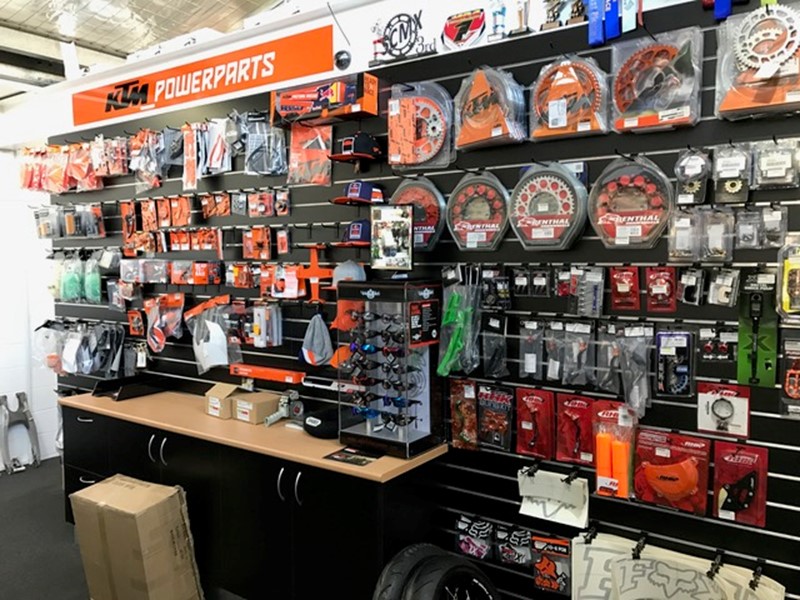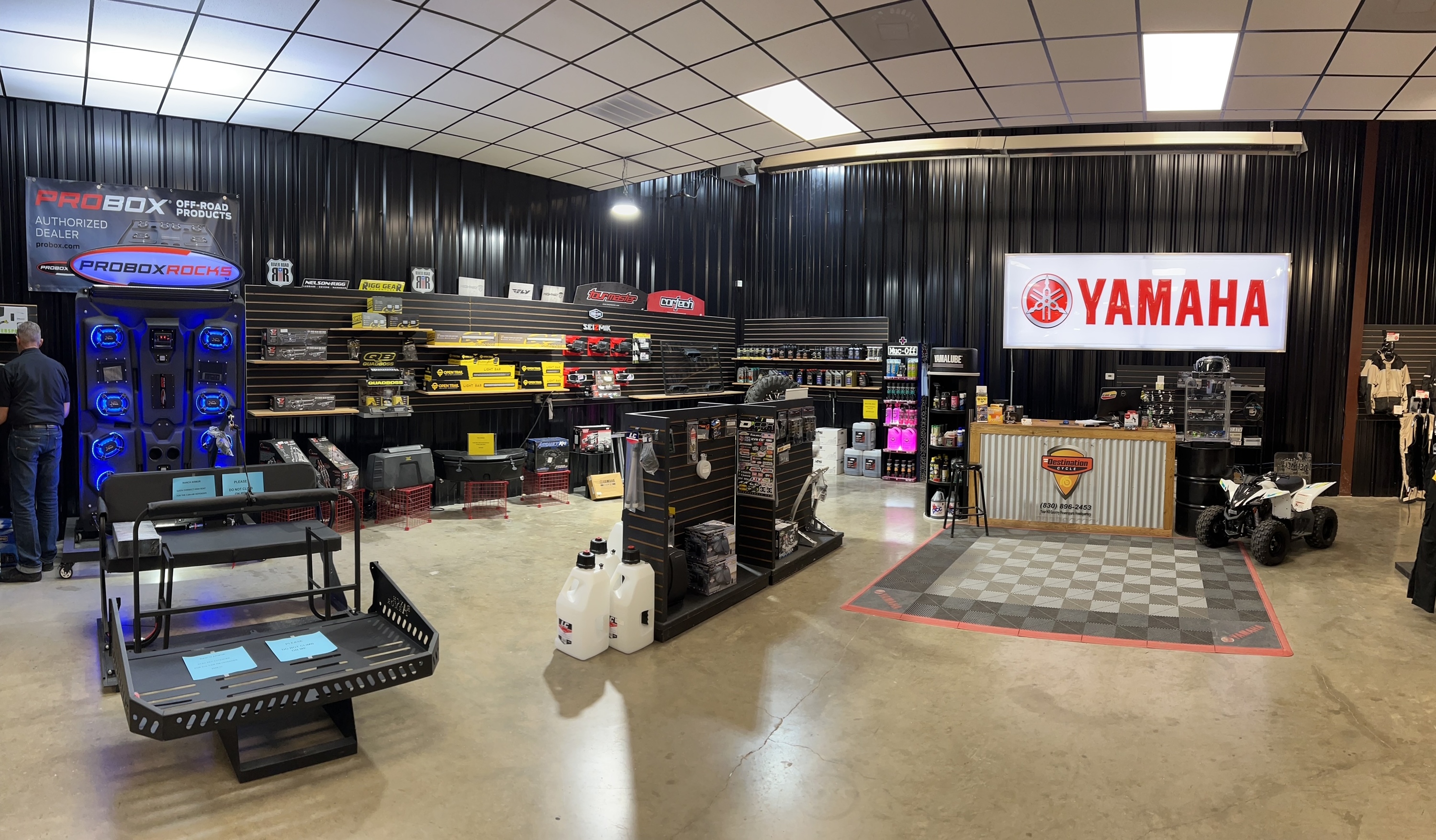Visit Our Motorcycle Shop for Expert Recommendations and Top Quality Products
Visit Our Motorcycle Shop for Expert Recommendations and Top Quality Products
Blog Article
Mastering Motorcycle Gears: How to Maximize Your Riding Experience
In the realm of motorcycling, understanding the art of equipment control is critical for boosting your riding performance. Properly understanding and using bike equipments can considerably affect fuel, velocity, and control performance, changing an average ride right into a smooth, electrifying trip.
Recognizing Equipment Mechanics
At the core of motorcycle characteristics, equipment mechanics play an essential duty in transforming engine power right into motion, inevitably determining rate and control. The equipment ratios, thoroughly designed, figure out the partnership between engine transformations and wheel turns, influencing velocity and fuel performance.
Comprehending equipment auto mechanics begins with recognizing the significance of the transmission, which houses multiple gears of differing sizes. These equipments connect through a procedure referred to as meshing, where teeth of various gears involve to transfer power. The accuracy of this interaction is crucial; any misalignment or damage can bring about inefficient power transfer, hindering efficiency. Additionally, the plan and size of gears affect the motorbike's ability to deal with different lots and speeds.
Furthermore, the idea of equipment changing is indispensable to maximizing performance. Timely and smooth shifts guarantee that the engine operates within its ideal power band, stopping unneeded pressure and boosting long life (motox parts nz). By understanding these mechanical details, cyclists can attain an unified mix of effectiveness, control, and power, elevating their riding experience
Timing Your Changes
Change timing mastery is vital for enhancing motorcycle performance and boosting the riding experience. Appropriately timed shifts guarantee that the engine operates within its optimum power band, which is critical for preserving control, accomplishing smooth acceleration, and making certain the long life of the motorbike. Bikers must create an user-friendly sense of when to shift equipments, which involves understanding the connection between engine changes per minute (RPM) and rate.
To grasp change timing, pay very close attention to the engine's noise and feel, as these supply vital hints concerning when to change equipments. When the engine comes close to the upper variety of its power band without reaching the redline, the ideal shift point typically occurs - motorbike shop. Shifting prematurely can lead to an absence of power, while shifting as well late might cause unneeded engine pressure
Additionally, roadway problems and riding style impact change timing. For example, in metropolitan setups, smoother and more regular changes may be needed to browse traffic effectively. On the other hand, throughout freeway riding, fewer shifts at higher rates can be better suited. Practicing in varied atmospheres will certainly boost your ability to time changes precisely, ultimately raising your riding experience to a professional level.
Enhancing Fuel Efficiency
While mastering motorcycle equipments is essential for efficiency, enhancing fuel effectiveness is equally vital for both ecological and financial reasons. Ideal gas usage not only lowers operational prices however likewise decreases the ecological footprint of riding. To accomplish this, one need to comprehend the detailed partnership between equipment choice and engine performance.
Firstly, picking the best equipment at appropriate speeds can significantly influence fuel usage. Riding in a greater equipment at lower speeds can cause engine hauling, which is damaging to both fuel economic climate and engine health and wellness. On the other hand, riding in reduced equipments at high rates leads to unneeded gas usage. Therefore, maintaining an optimum equilibrium by shifting equipments abreast with road problems and anticipated maneuvers is vital.
Furthermore, regular upkeep plays a pivotal function in gas performance. Making certain that the bike is well-tuned, with tidy air filters and correctly blew up tires, can decrease and boost aerodynamics gas wastage. Moreover, adopting a riding design that embraces steady acceleration and smooth deceleration can contribute to far better fuel economic climate.

Techniques for Smooth Transitions
Attaining smooth equipment transitions is fundamental to enhancing the riding experience and making certain the longevity of a motorbike's transmission system. Appropriate gear shifting not just adds to a smooth ride however likewise reduces wear and tear on the mechanical parts. To master the art of smooth transitions, riders need to focus on a few crucial methods.

Secondly, clutch control plays a critical role. Engaging and disengaging the clutch smoothly calls for method. The clutch bar ought to be released slowly, permitting a seamless transfer of power from the engine to the wheels without triggering a jolt or sudden movement.

Adjusting to Road Conditions
Navigating diverse road conditions is a crucial ability for any motorcyclist aiming to keep control and safety. Whether you're riding on wet surface areas, crushed rock roads, or navigating doglegs, your ability to adapt your gear use and riding strategy is extremely important. Understanding exactly how to readjust your equipments appropriately can substantially influence traction and stability, making sure a more secure trip.
In comparison, when riding on crushed rock or irregular surface, reduced equipments are more effective. Reduced gears provide far better control and permit you to react more swiftly to unanticipated changes in the road surface.
Sharp contours require exact equipment monitoring to stabilize rate and control. Downshifting before entering a curve can help keep energy while making sure the motorbike remains secure throughout the turn. Constant practice in different problems enhances your capability to respond and forecast to adjustments in road structure and slope.
Conclusion
Grasping motorcycle equipments dramatically enhances the riding experience by boosting acceleration, fuel, and control efficiency. Adjusting equipment option to different road conditions, basics such as using higher equipments on damp surface areas and lower gears on gravel, more boosts handling and security.
Understanding equipment mechanics starts with identifying the value of the transmission, which houses numerous gears of varying sizes. These gears connect via a procedure known as meshing, where teeth of various gears engage to send power (moto parts nz). Gentle changes to the throttle during gear changes can stop jerky activities and preserve a constant riding rate
Whether you're riding on wet surfaces, gravel roadways, or browsing sharp turns, your ability to adjust your equipment use and riding method is extremely important. Adjusting equipment choice to various roadway problems, anonymous such as using greater equipments on wet surfaces and reduced equipments on crushed rock, more enhances handling and security.
Report this page